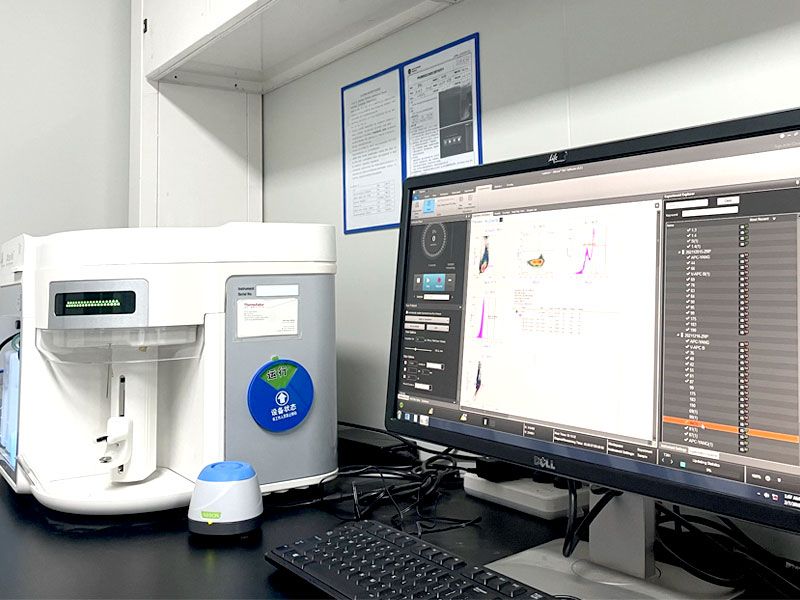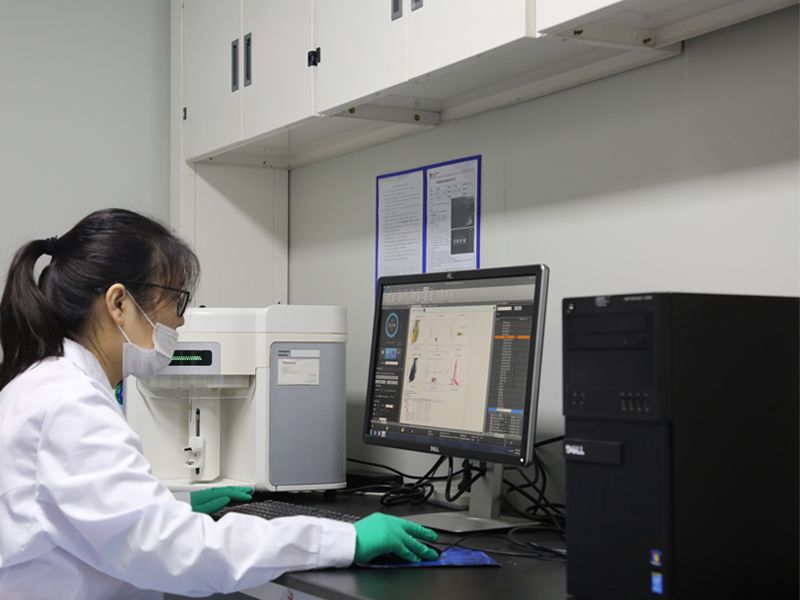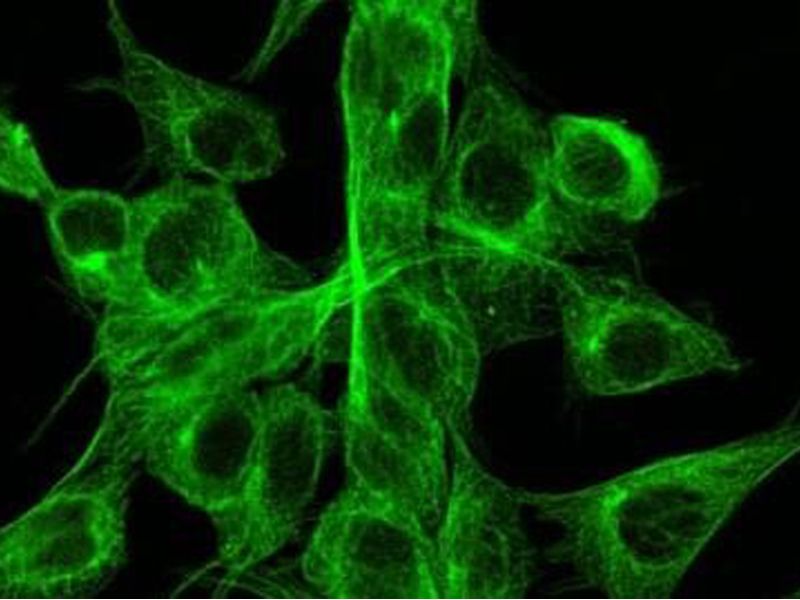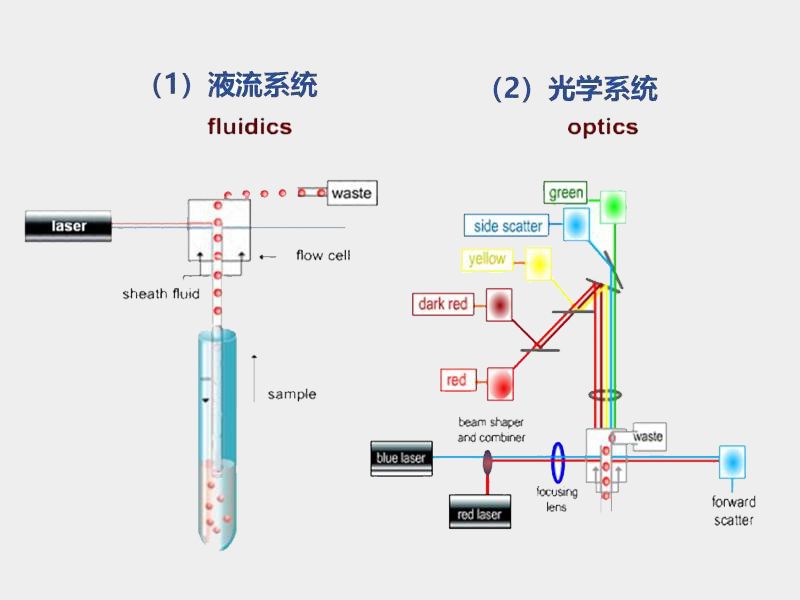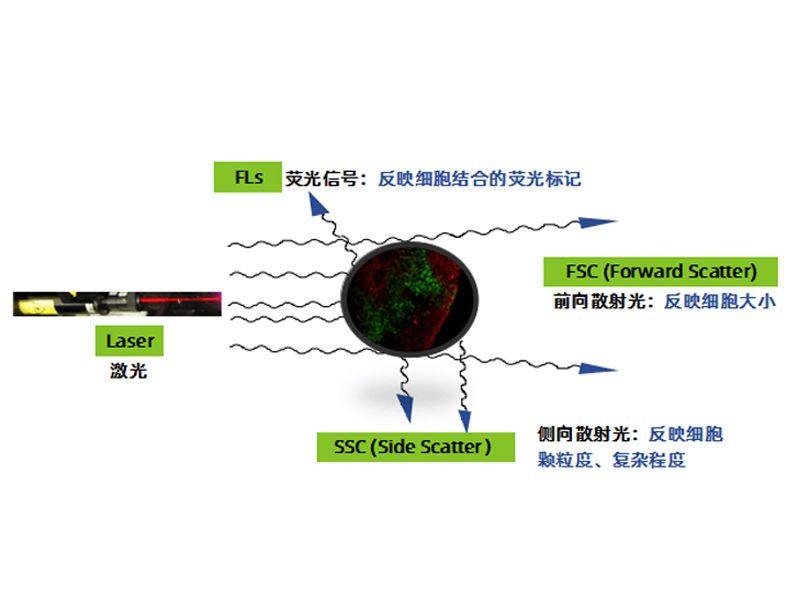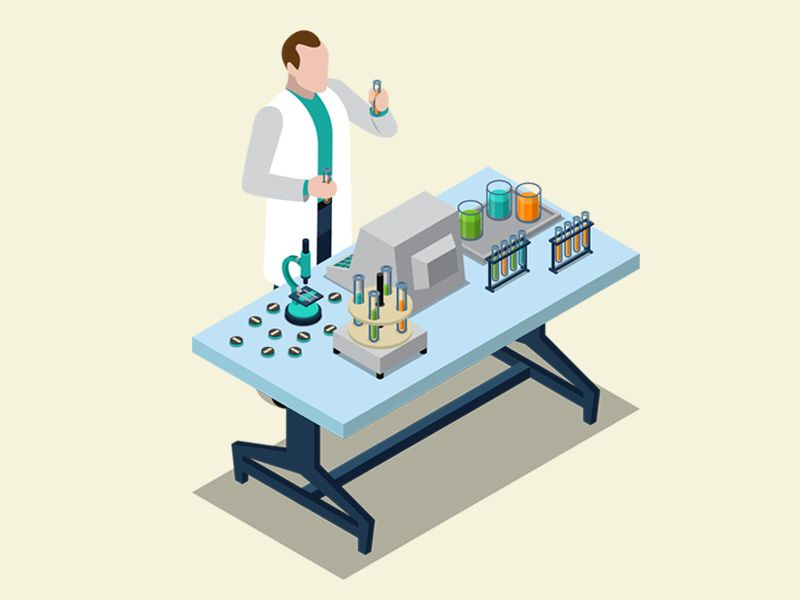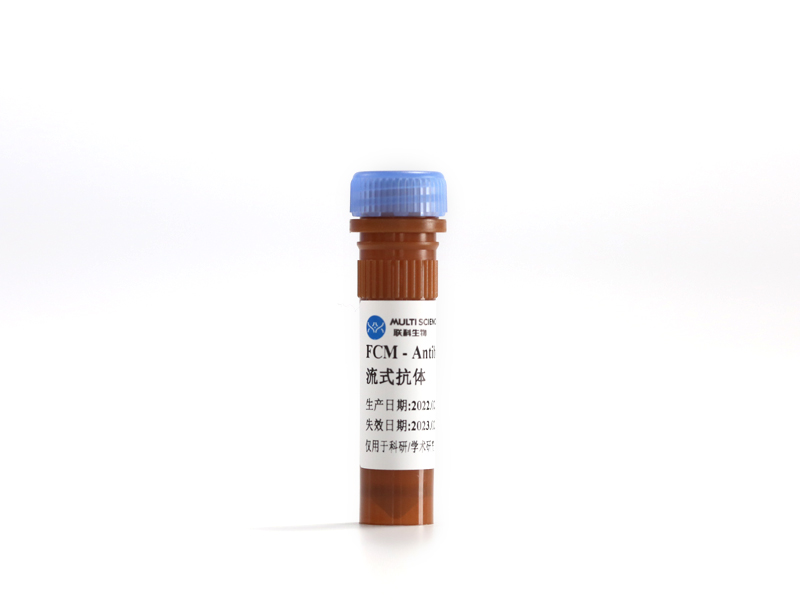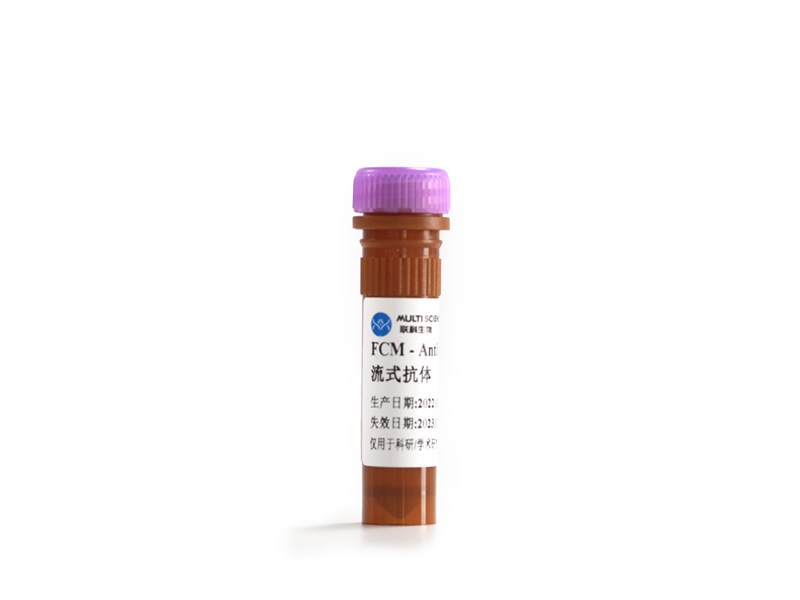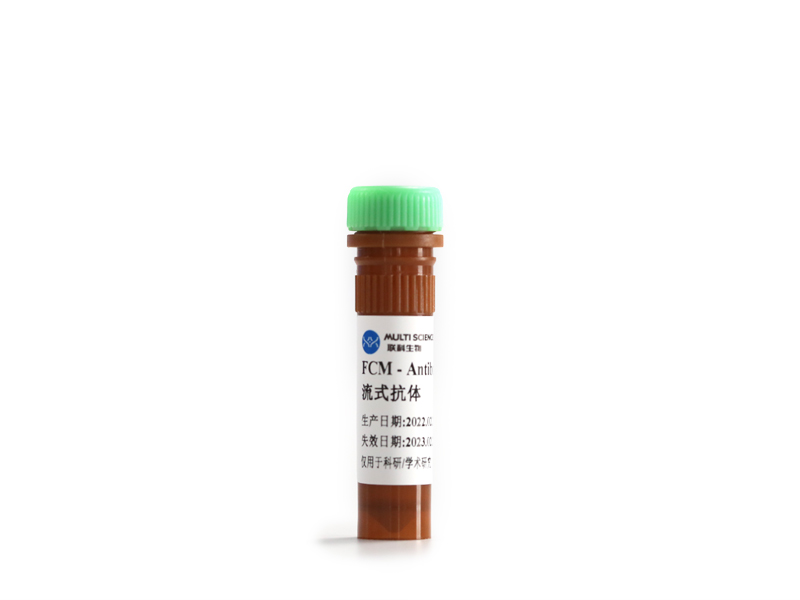Anti-Human CD80 (B7-1), PE (Clone:2D10.4) 流式抗体 (新品)
¥1,984.00
- 分子靶点:CD80, B7-1
- 种属:人 (Human)
- 标记:PE
- 亚型:Mouse IgG1, κ
- 克隆号:2D10.4
在售SKU, 70-AH08004-20, 70-AH08004-50, 70-AH08004-100, AH08004, 70-F1108002-20, 70-F1108002-50, 70-F1108002-100
描述
| 商品名 |
Anti-Human CD80 (B7-1), PE (Clone:2D10.4) 流式抗体 |
|---|---|
| 靶点 | |
| 标记 |
PE |
| 仪器 |
适用488nm, 532nm, 561nm激光器的流式细胞仪 |
| 亚型 |
Mouse IgG1, κ |
| 克隆号 |
2D10.4 |
| 推荐应用 |
流式检测 |
| 用量 |
5 μL (0.5 μg)/Test |
| 纯化 |
亲和层析 |
| 储存液 |
含 0.2% BSA 和 0.09% NaN3 的磷酸盐缓冲液(pH7.2) |
| 保存条件 |
2 - 8℃避光,切勿冻存 |
结果示例
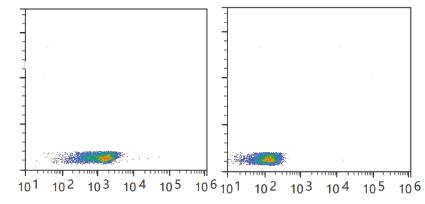
图 - 左图为人外周血经Anti-Human CD80, PE (F11008002)检测结果图,右图为其同型对照IgG1,PE检测结果图。
分子信息
CD80 分子靶点信息概述
- 分子名:CD80, CD80 molecule
- 基因家族:CD molecules; V-set domain containing; C2-set domain containing; B7 family
- 别名:B7.1; B7-1
- 曾用名:CD28LG; CD28LG1
- 全称:B-lymphocyte activation antigen B7; CD80 antigen (CD28 antigen ligand 1, B7-1 antigen); CD80 molecule
CD80 分子靶点综述
抗原分化簇80(CD80)是在树突状细胞、活化的B细胞和单核细胞上发现的蛋白,其为T细胞活化和存活提供必要的共刺激信号。它也被称为B7-1。B7-1的cDNA预测为I型膜蛋白,即在内质膜上易位的信号肽上合成的一种膜蛋白。预测蛋白质含有2个胞外结构域,其结构与Ig、疏水跨膜区域和短胞质结构域相似。CD80和CD86基因分别编码B7-1和B7-2,它们是在各种造血细胞类型上表达的免疫球蛋白超家族的结构相似的成员。B7-1和B7-2通过与CD28和CTLA4相互作用,向T细胞提供共刺激信号。
人 Human CD80 分子靶点信息
- 分子名:CD80, CD80 molecule
- 别称:
- activation B7-1 antigen
- B-lymphocyte activation antigen B7
- B7
- B7-1
- B7.1
- BB1
- CD28LG
- CD28LG1
- cd80 antigen
- CD80 antigen (CD28 antigen ligand 1, B7-1 antigen)
- costimulatory factor CD80
- costimulatory molecule variant IgV-CD80
- CTLA-4 counter-receptor B7.1
- LAB7
- T-lymphocyte activation antigen CD80
- 基因序列:NCBI_Gene: 941
- 蛋白序列:UniProtKB: P33681
人 Human CD80靶点分子功能(预测)
Predicted to enable virus receptor activity. Involved in positive regulation of peptidyl-tyrosine phosphorylation. Located in cell surface. Part of protein complex involved in cell adhesion. Implicated in type 1 diabetes mellitus. Biomarker of chronic obstructive pulmonary disease; demyelinating disease; relapsing-remitting multiple sclerosis; rheumatoid arthritis; and systemic lupus erythematosus.

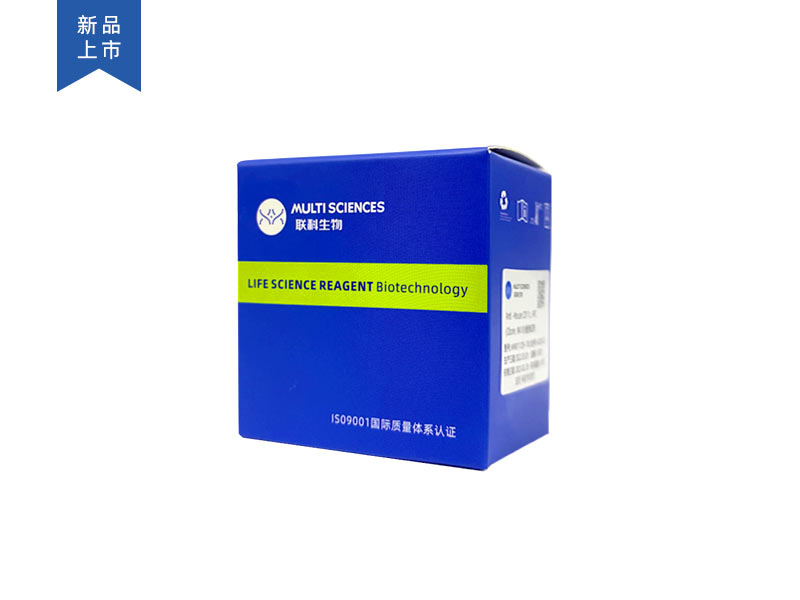
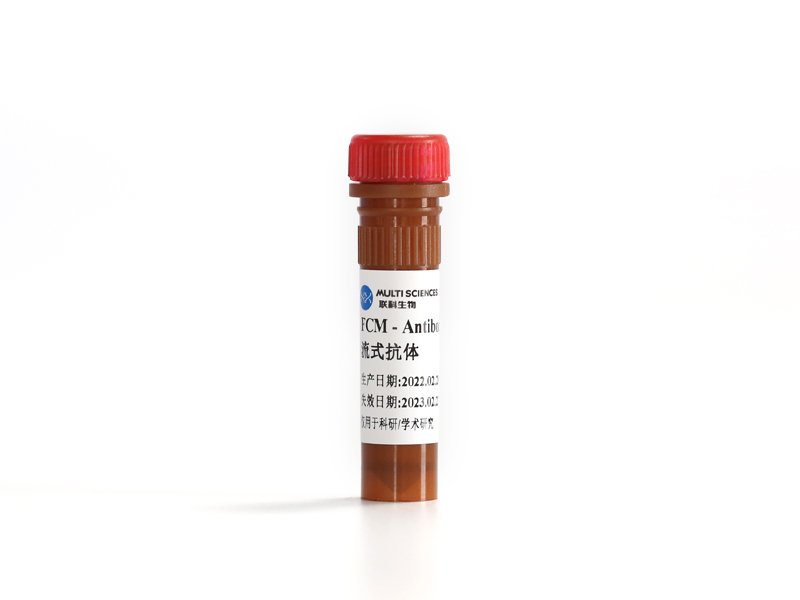
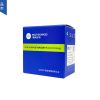
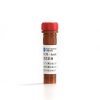
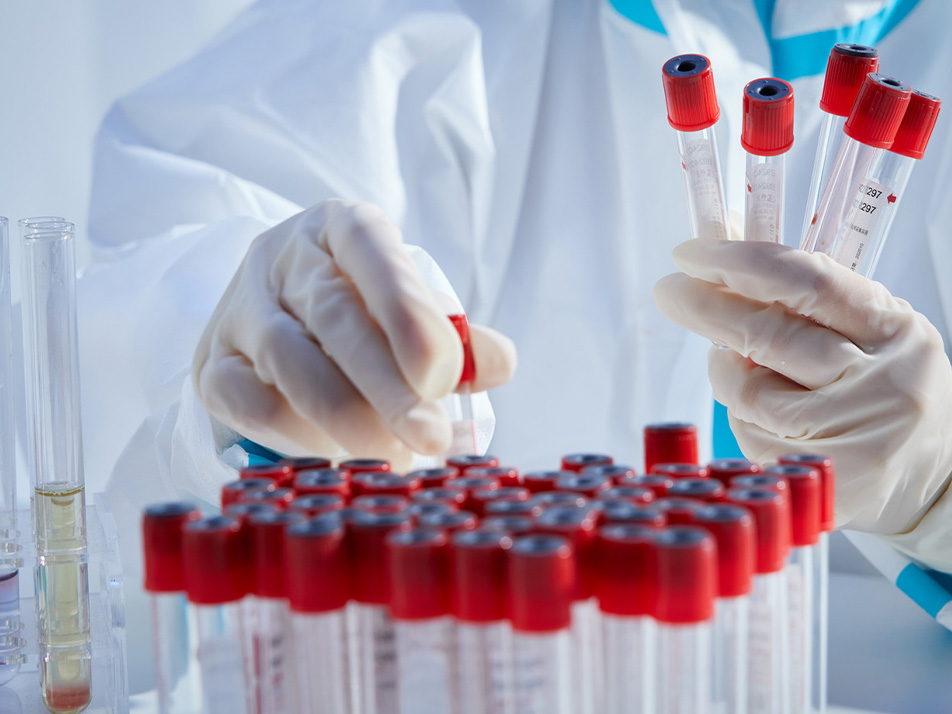
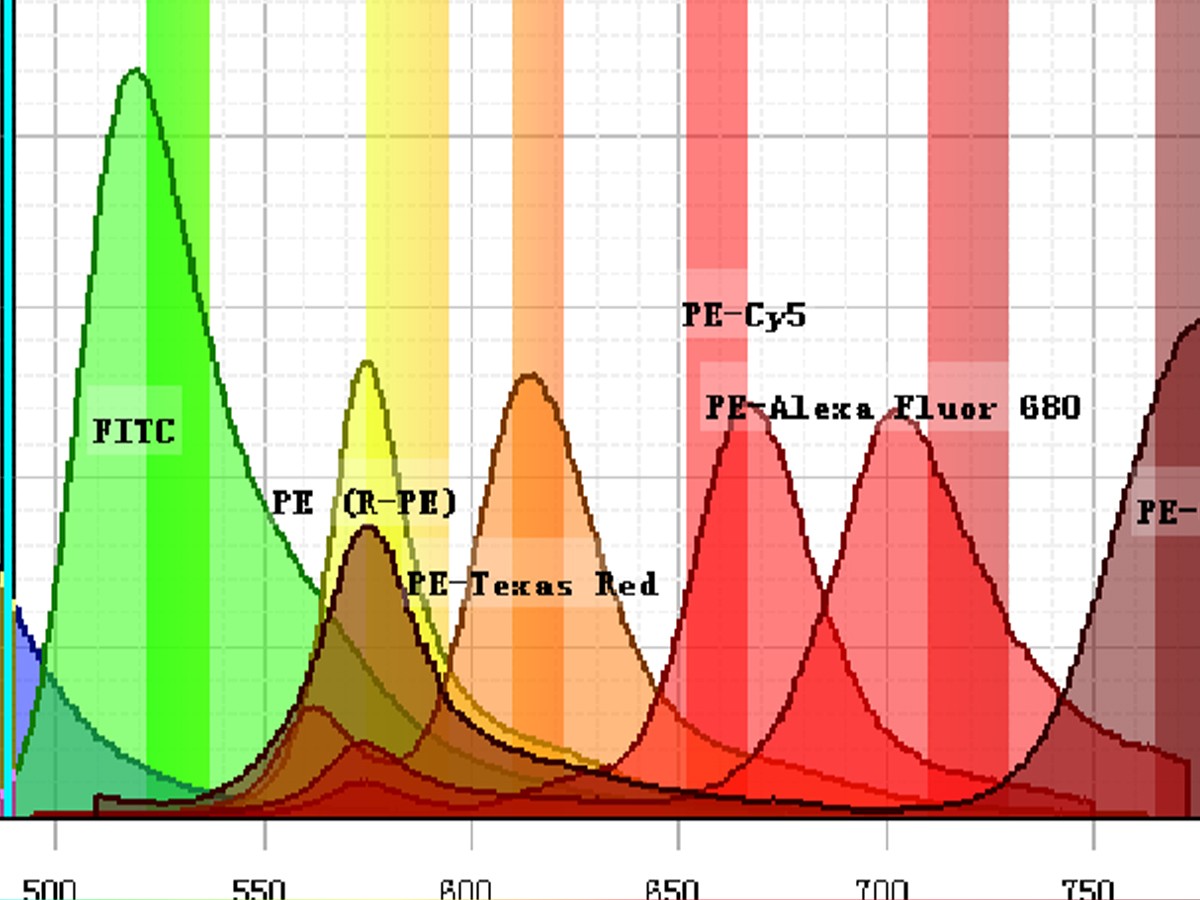
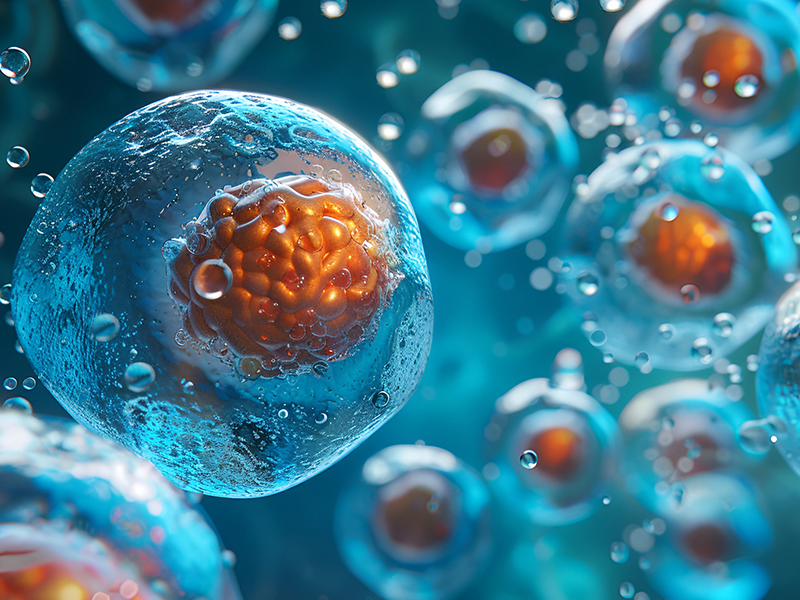
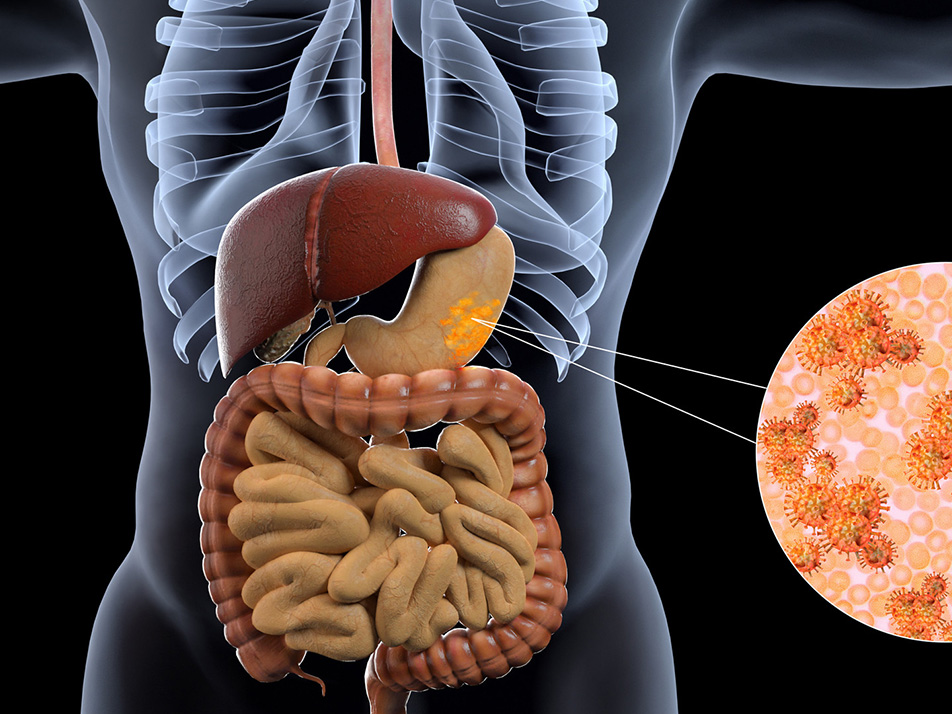
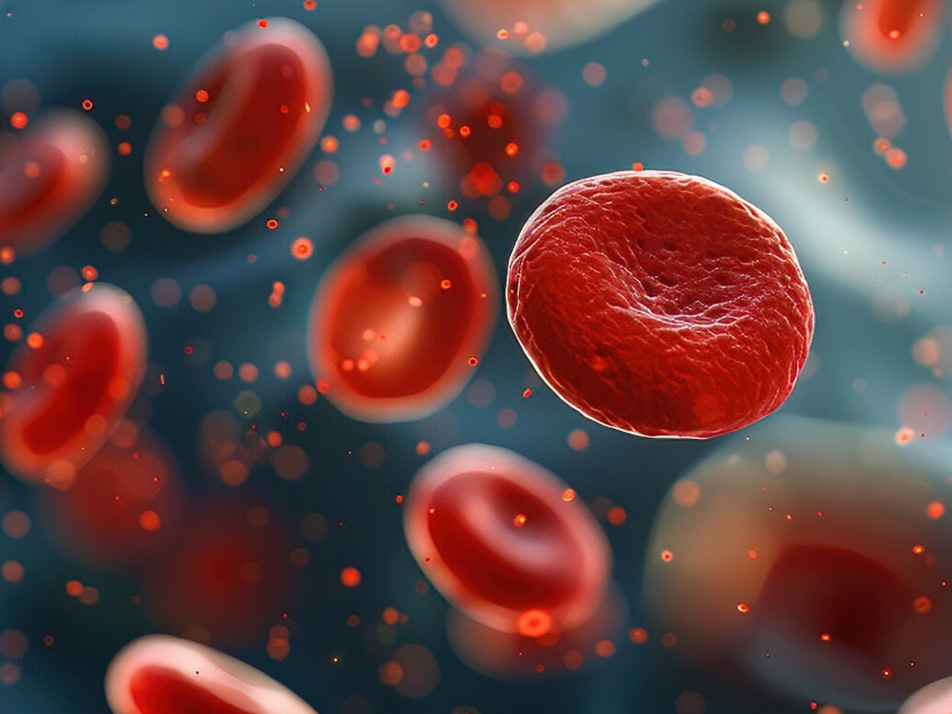

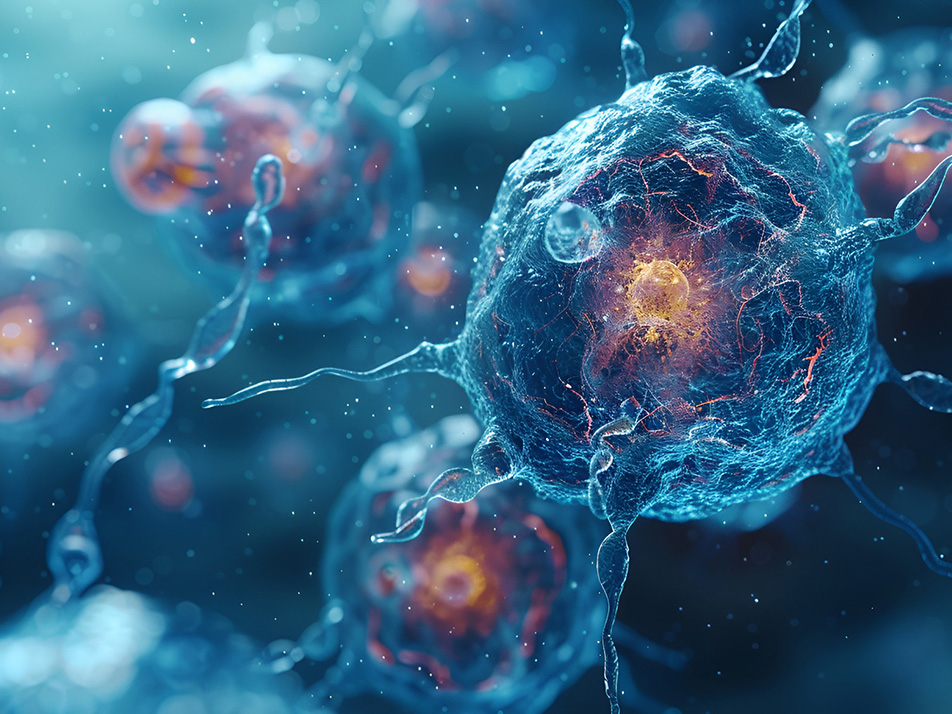

官网800x600.jpg)




